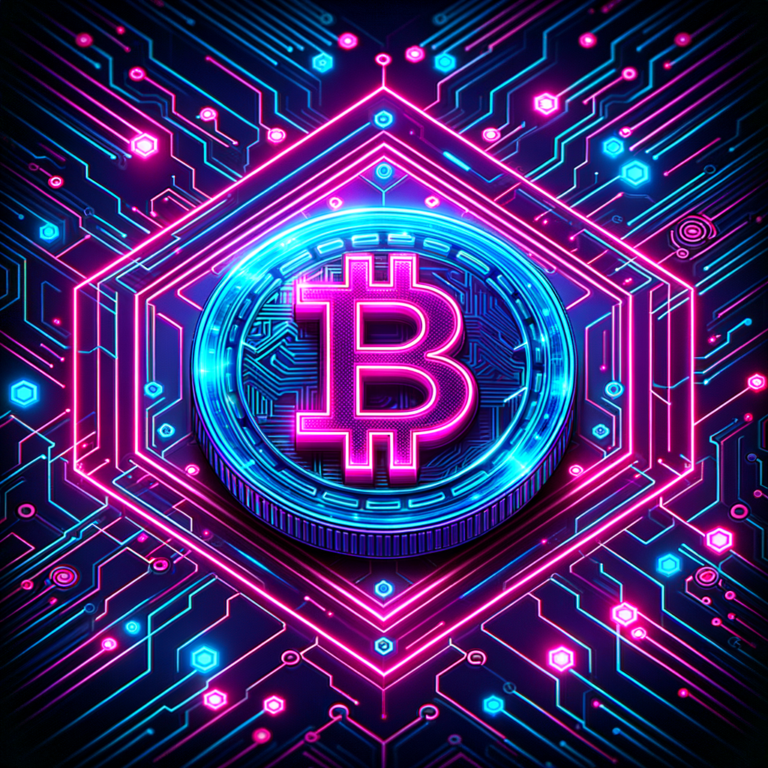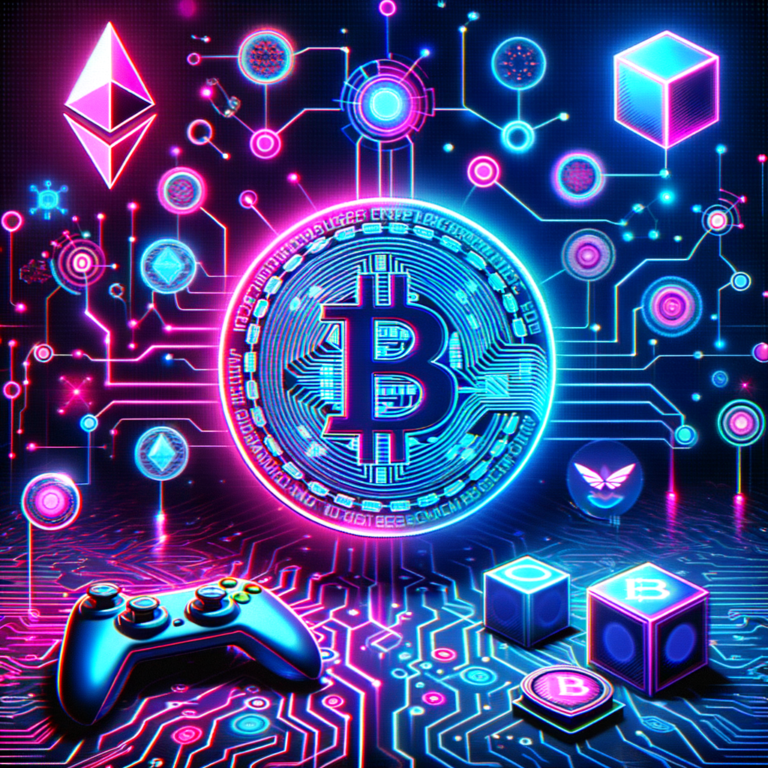Exploring NFTs in Decentralized Finance (DeFi)
Non-fungible tokens (NFTs) have catapulted into mainstream attention, offering unique asset ownership in the digital world. When combined with Decentralized Finance (DeFi), which aims to remove intermediaries in financial transactions, the potential for innovation is greatly amplified. This article delves into how NFTs are being integrated into the DeFi landscape, exploring benefits, challenges, and future trends, while providing guidance on safe investment practices in this emerging field.
Understanding the Basics of NFTs
Non-fungible tokens, or NFTs, are digital assets that represent ownership or proof of authenticity of a unique item or piece of content on the blockchain. Unlike cryptocurrencies like Bitcoin or Ethereum, which are fungible, meaning each unit is the same as every other unit, NFTs are unique and cannot be exchanged on a one-to-one basis. This uniqueness adds a layer of rarity and value to the digital items they represent, which can range from art and music to collectibles and even real estate.
NFTs are typically built on blockchain platforms that support smart contracts, such as Ethereum. These tokens comply with specific standards, like ERC-721 and ERC-1155, which define the minimum interface—ownership details, security, and metadata—necessary for the exchange and distribution of gaming tokens. The metadata in NFTs, crucially, links to a file that provides the NFT with its uniqueness and value.
The rise of NFTs has democratized art and collectibles, making them accessible to a broader audience. By tokenizing physical assets and creating digital exclusivity, NFTs have opened up new opportunities for creators and collectors alike. However, the real potential of NFTs is seen when they are combined with DeFi applications, leading to innovative ways to leverage these assets financially.
The Intersection of NFTs and DeFi Explained
In the realm of DeFi, NFTs serve as more than just digital art; they become financial instruments. DeFi leverages decentralized networks to transform traditional financial products into trustless and transparent protocols that operate without intermediaries. Here, NFTs are used as collateral for loans, as representations of identity, or even as complex financial products like insurance policies or bonds.
This intersection creates a symbiotic relationship where NFTs enhance DeFi platforms by providing new forms of value and investment opportunities. Conversely, DeFi amplifies the functionality of NFTs by embedding financial utility into them, such as staking NFTs to earn yields. The programmability of smart contracts allows developers to create more complex financial interactions with NFTs, opening the door to a new world of possibilities in finance.
For instance, platforms are emerging that allow users to lock up their NFTs in exchange for liquidity. This mechanism not only provides immediate value to the NFT holders but also contributes to the liquidity and stability of the DeFi ecosystem as a whole. As more innovative uses are discovered, the integration of NFT and DeFi is expected to deepen, leading to more robust financial solutions.
Key Benefits of Integrating NFTs in DeFi
One of the primary benefits of integrating NFTs with DeFi is the enhancement of asset liquidity. Typically, assets like art or real estate are considered illiquid, but tokenizing these assets makes it easier to trade them in DeFi markets. This increased liquidity benefits both asset holders and investors, providing the former with quicker access to capital and offering the latter a broader range stands for investments.
Furthermore, integrating NFTs into DeFi can democratize access to investment. By breaking down barriers such as high entry costs, NFTs enable smaller investors to participate in markets previously dominated by wealthy individuals or institutions. This accessibility can potentially lead to a more inclusive financial ecosystem.
Additionally, the use of blockchain technology ensures transparency and security in transactions. The immutable nature of blockchain provides a trustworthy environment for transacting high-value assets, reducing the risk of fraud and enhancing the overall integrity of the financial system. As trust is a crucial component in finance, the transparency afforded by blockchain is a significant advantage.
Common Challenges with NFTs in DeFi Platforms
Despite the potential benefits, integrating NFTs with DeFi platforms presents several challenges. The market for NFTs is still relatively nascent and highly volatile. Prices for digital collectibles can fluctuate wildly based on market sentiment, leading to significant risks for both investors and borrowers using NFTs as collateral.
Another challenge is the assessment of an NFT’s value. Unlike traditional assets, the value of an NFT is not only determined by market dynamics but also by subjective factors such as artistic merit or historical significance. This makes it difficult to establish a universally accepted valuation framework for NFTs, complicating their use in DeFi.
Furthermore, technological and operational risks are involved. Smart contract vulnerabilities, platform stability, and scalability issues can pose significant risks to users. These challenges require ongoing attention and improvement from developers and stakeholders in the DeFi ecosystem.


